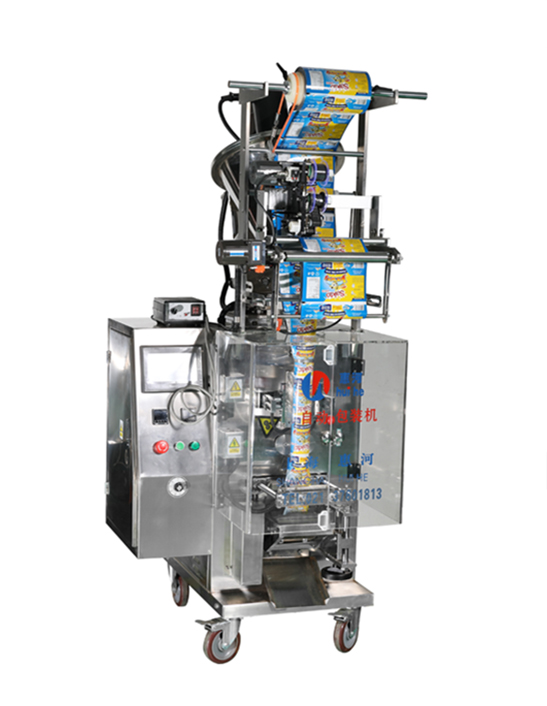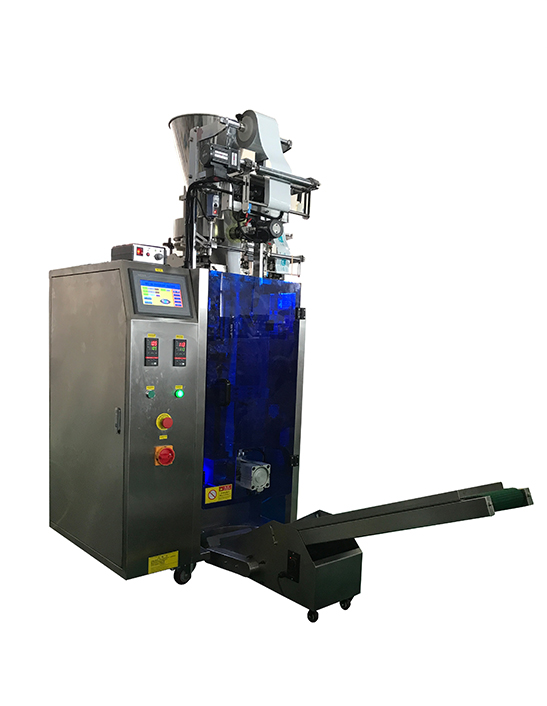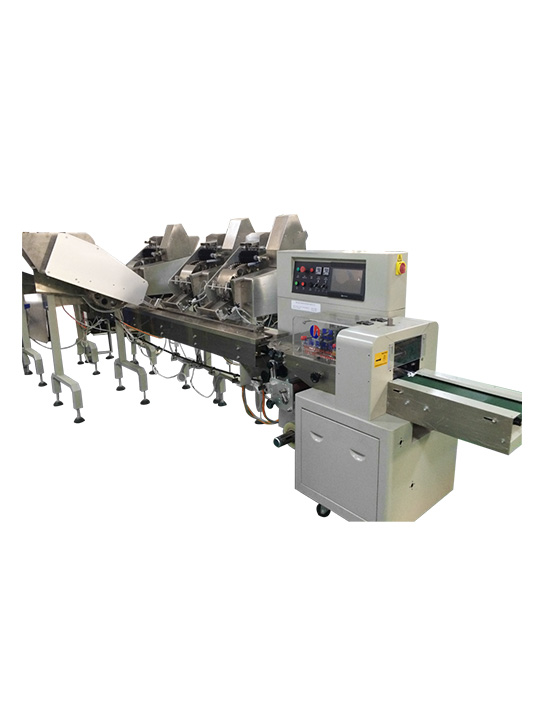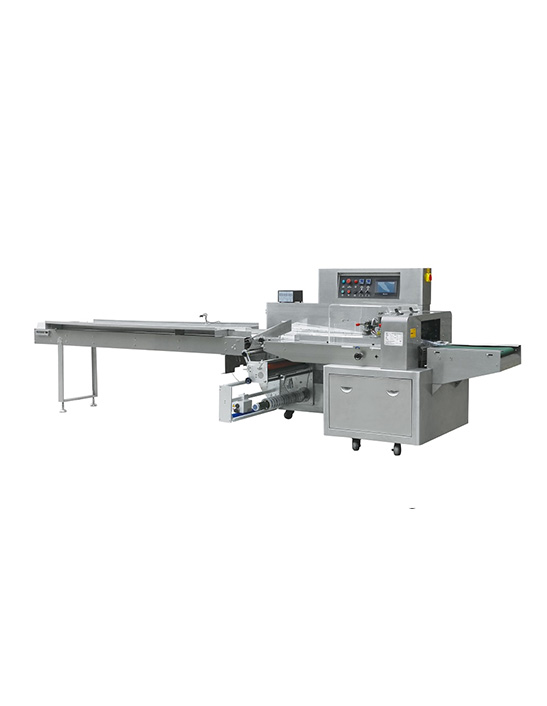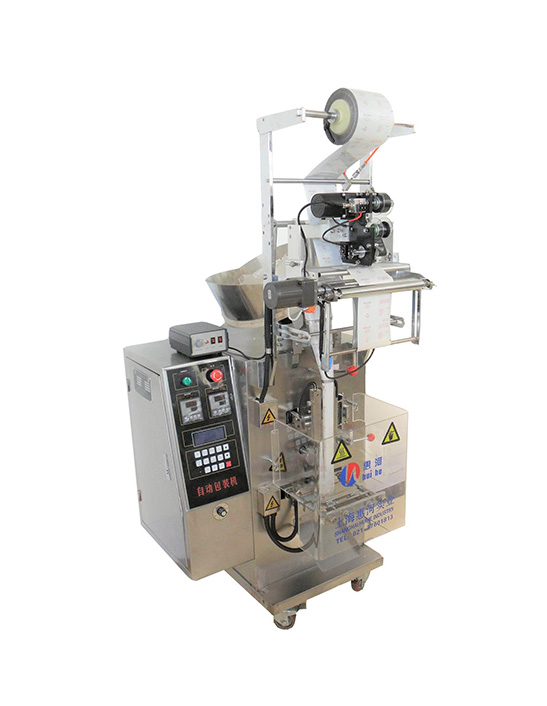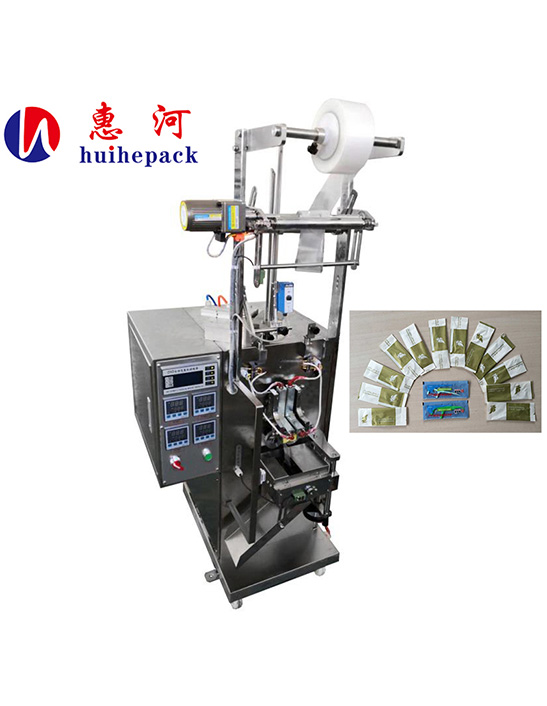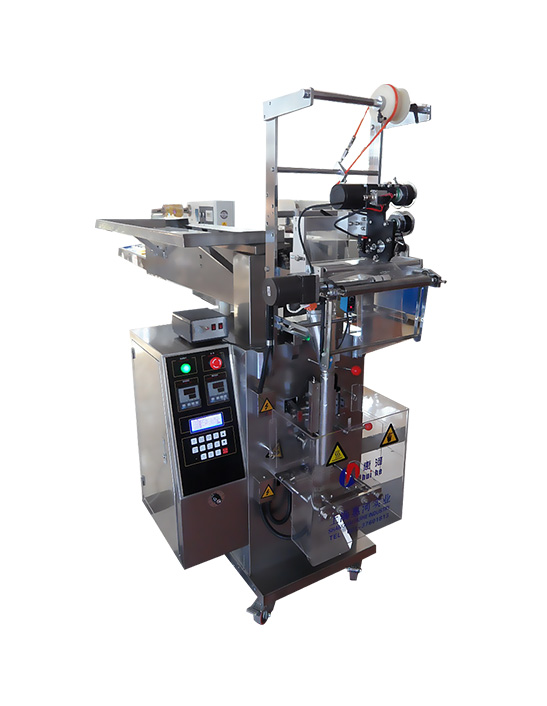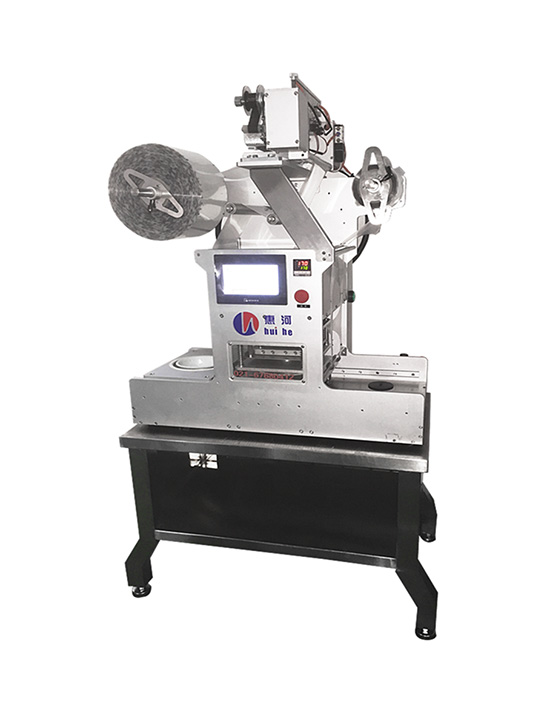I. Key Features and Functions
Granule packing machines combine mechanical precision with digital automation. Some of the main features include:
Automated weighing systems with high accuracy
Volumetric cup fillers or multi-head weighers for fast filling
Vertical Form-Fill-Seal (VFFS) systems for creating pouches
Touchscreen HMI (Human-Machine Interface) for user control
PLC control systems for process automation
Date coding, batch printing, and labeling integration
High-speed operation for mass production lines
II. Types of Granule Packing Machines
| Machine Type |
Description |
Best For |
| Vertical Form Fill Seal (VFFS) |
Forms a pouch from film, fills granules, seals it |
Food products, small packs |
| Semi-Automatic Granule Filler |
Manual bag placement, automatic weighing and filling |
Small businesses |
| Multi-Head Weigher Packing Machine |
Uses multiple weighers for high-speed, precise filling |
Snacks, tea, mixed granules |
| Volumetric Cup Filler |
Uses fixed-volume cups to dispense material |
Uniform-sized granules |
| Auger Filler with Servo Motor |
Ideal for fine granules like spice powders |
Pharmaceuticals, fine chemicals |
III. Benefits of Using Granule Packing Machines
Precision: Automated weighing reduces product giveaway and maintains consistency.
Speed: Machines can package hundreds of units per hour, increasing productivity.
Hygiene: Sealed systems reduce contamination risk — crucial for food and pharmaceuticals.
Reduced Labor: Automation reduces the need for manual operators and related costs.
Versatility: One machine can handle various products with different weights and pouch sizes.
Branding Compatibility: Integrated labeling and printing improve brand presence.
IV. Applications Across Industries
Granule packing machines are widely used in:
Food & Beverage: rice, sugar, salt, coffee beans, lentils, tea
Agriculture: seeds, fertilizers, animal feed
Chemicals: desiccants, detergents, granulated cleaners
Pharmaceuticals: medicinal granules, supplements
Construction: small quantities of sand, cement additives
V. How Does a Granule Packing Machine Work?
The basic steps in a granule packing machine operation:
Material Feeding: Granules are loaded into a hopper.
Weighing or Volumetric Measuring: The machine measures a specific quantity.
Forming the Bag: Film is rolled and sealed into a pouch (in VFFS models).
Filling: The measured granules are discharged into the bag.
Sealing & Cutting: The pouch is heat-sealed and cut.
Coding & Ejection: Optional printing of batch/date info and ejection of the finished pack.
Modern systems use sensors, feedback controls, and servo motors to optimize each step.

VI. Maintenance and Operational Tips
To ensure long-term performance:
Regular cleaning to prevent product contamination
Check sealing jaws and temperature sensors periodically
Calibrate weighing systems regularly
Lubricate mechanical parts as per manufacturer’s schedule
Use original spare parts to maintain integrity
Train operators in safety and emergency shutdown procedures
VII. Trends in the Granule Packing Machine Industry
Smart Packaging Systems: AI and IoT-enabled machines for remote diagnostics and real-time analytics
Sustainable Packaging Films: Compatibility with biodegradable films
Compact Designs: Space-saving solutions for SMEs
Multi-function Integration: Machines that combine weighing, filling, sealing, and labeling
Increased Customization: Modular machines for industry-specific needs
Conclusion
A granule packing machine is a powerful asset for any business involved in granular products — from food and agriculture to chemicals and pharmaceuticals. With its ability to streamline operations, reduce waste, and deliver consistently packaged goods, it's no surprise that granule packing machines are a staple in modern manufacturing facilities.
Whether you're a startup looking to scale or a large enterprise seeking automation upgrades, understanding the functionality, types, and benefits of these machines is the first step toward smarter, more efficient packaging.

 英语
英语 西班牙语
西班牙语 简体中文
简体中文

